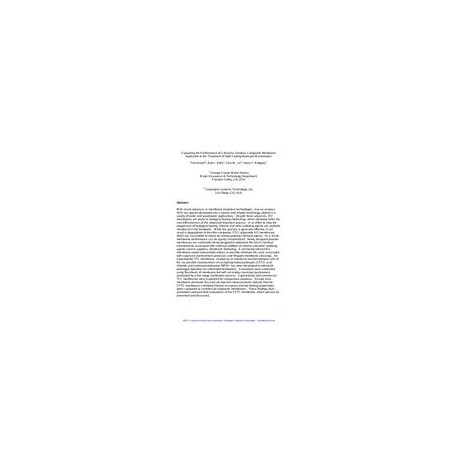Cart 0 Product Products (empty)
No products
To be determined Shipping
$0.00 Total
Product successfully added to your shopping cart
Quantity
Total
There are 0 items in your cart. There is 1 item in your cart.
Total products
Total shipping To be determined
Total
New Reduced price!  View larger
View larger
 View larger
View larger AWWA MTC53651
M00001949
New product
AWWA MTC53651 Evaluating the Performance of a Reverse Osmosis Composite Membrane Applicable to the Treatment of High Fouling Municipal Wastewaters
Conference Proceeding by American Water Works Association, 05/01/2001
Knoell, Tom;Riley, Bob L.;Lin, Shui W.;Ridgway, Harry F.
In stock

